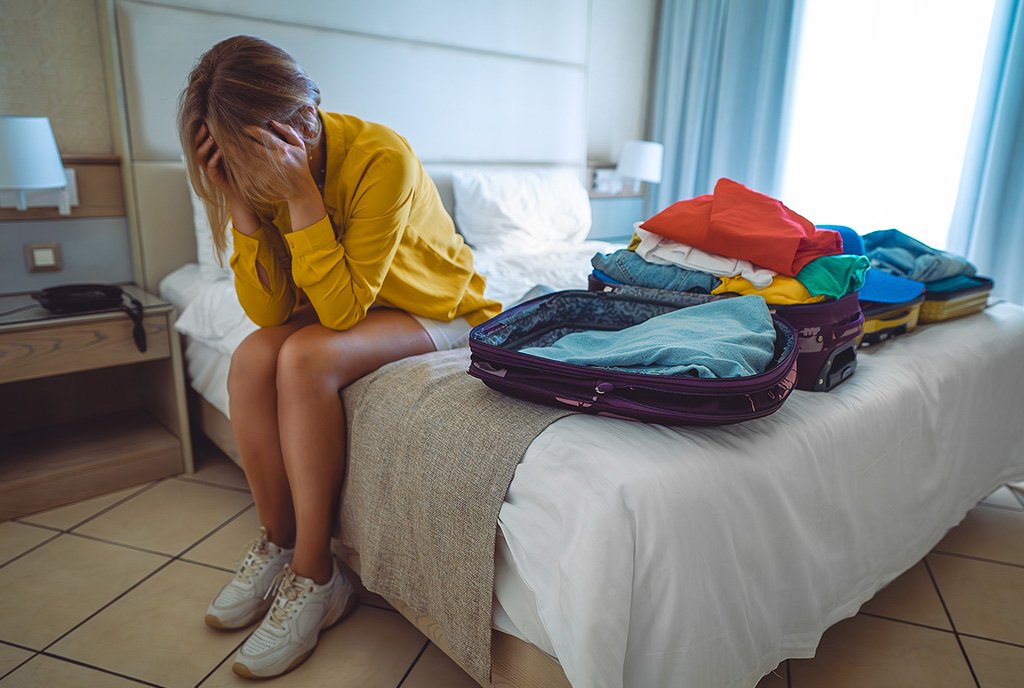
September 19, 2017; Artsy
NPQ has written about the lack of diversity on the boards of U.S. nonprofits—a problem that is getting worse, according to the latest BoardSource report. And we have also written about a persistent diversity problem at this country’s museums. But this story about the new and first contemporary art museum in South Africa shows us how absurd this problem can become.
In Africa, this trend intersects with a long history of colonialism.
Though black people were barred from entering a museum in South Africa until 1994, when Apartheid officially ended, this month—September 22nd to be exact—the Zeitz Museum of Contemporary African Art (ZMOCAA) opens in Cape Town. According to Antwaun Sargent, writing for Artsy, it is “the first public institution to be devoted solely to contemporary African art (and art of the Diaspora) on the entire, 54-country continent.”
The 11-story building is the result of the conversion of Cape Town’s grain silo complex, comprising 42 silos. For almost 50 years, it was the tallest building in sub-Saharan Africa and played a key role in “the movement of the country’s goods ideas, and people around the world.” From this “tight network of tubed silos” comes a post-industrial, 100,000-square-foot museum featuring “100 galleries, a rooftop garden, and six research centers dedicated to Art Education, Curatorial Excellence, Performative Practice, Photography, the Moving Image and Costume Institute.” Sargent describes it as “a truly awe-inspiring, concrete-cave-like, architectural wonder.”
The museum’s inaugural exhibitions feature 300 works of art across 11 shows by the leading artists in African art, mostly black and from across the continent. They include South African performance artist and photographer Gabrielle Goliath; South African sculptor, videographer, and photographer Nandipha Mntambo; Tunisian photographer Mouna Karray; Malawi-born filmmaker Samson Kambalu; Ghanaian sculptor El Anatsui; British-Nigerian sculptor Yinka Shonibare; South African photographer (visual activist) Zanele Muholi; Soweto-born photographer, performer, filmmaker, and sculptor Mohau Modisakeng; and Kenyan sculptor and painter Cyrus Kabiru.
Sargent writes, “If Zeitz MOCAA succeeds curatorially, the building could put South Africa in a position of considerable cultural power as it seeks to become the global trader of contemporary African visual experiences.” Museum representatives say they hope it will provide “a platform for African artists to subvert deeply entrenched stereotypes of African life and art.”
And this is where it gets sticky.
The “Zeitz” in the name is Jochen Zeitz, the former CEO of Puma, “avid collector of contemporary art from Africa and its diaspora,” and a white German. The museum is built on his collection; however, unlike other museums that are named after principal patrons, the collection is not permanent; it is on loan “for the duration of Zeitz’s lifetime.” Some African artists are critical; one said, “We obviously all want it to succeed, but why is Zeitz’s name on the building? Is this colonialism?”
This is especially problematic given the purpose of the museum. Much of the art engages Africa’s long history of colonialism. For example, Zimbabwean artist Kudzanai Chiurai has an early-career survey titled “Regarding the Ease of Others,” which explores political, religious, and cultural post-colonial conflict.
Further, the museum’s chief curator and director is white South African Mark Coetzee, who “oversaw every aspect of the museum’s creation,” including the ironically named group exhibition, considered the primary opening statement, a “sprawling survey of contemporary artists working in the country” called “All Things Being Equal.”
Matthew Blackman, the Editor of Artthrob, “South Africa’s leading contemporary visual arts publication,” published “An Open Letter to Jochen Zeitz and Mark Coetzee” back in 2015 that is worth quoting. He writes, “I have become, in the last few months, progressively more concerned with the direction that the ZMOCAA is taking.” Among his many bulleted points about what is wrong with the development of this museum, he has this to say about Coetzee and his “one-man selection system.”
My first concern is that there is still only one person who is selecting the work for the ZMOCAA and that selections are being made without broader consultation. This is problematic for several reasons. One is that it goes against all museums’ “best practice.” Museums of this nature (as opposed to private collections) have rigorous acquisitions policies and review processes. Not only do they consult with the curatorial staff, but would have an acquisitions committee, which would include academics and critics. The reason for this is that, as you well know, museums by their very nature codify and canonize. As much as museums include, they are also involved in very complicated and contentious issues around exclusion. In a country and continent whose very history is bound to notions of exclusion, the ZMOCAA will have to be extremely careful as to how it codifies and identifies “Contemporary Art Africa.” This is a task that one man can simply not do.
Sign up for our free newsletters
Subscribe to NPQ's newsletters to have our top stories delivered directly to your inbox.
By signing up, you agree to our privacy policy and terms of use, and to receive messages from NPQ and our partners.
Celebrated British architect Thomas Heatherwick completes the triumvirate. According to Sean O’Toole of South Africa’s Sunday Times, who wrote an aptly headlined article, “Are there blind spots in Zeitz MOCCA’s permanent art collection,” this is Heatherwick’s first art museum and it has garnered much attention, including two R70,000 seat fundraisers. Sargent captures the status that Heatherwick confers on the museum when he writes, “the Thomas Heatherwick-designed museum is a symbol of South Africa’s historical place within the global context.”
Perhaps this is what happens when a group of white men set out to subvert deeply entrenched stereotypes of African life and art. Whose perceptions need to be subverted? Is the museum aimed at them? Sargent quotes Art Africa staff writer Ellen Agnew:
Agnew put it this way: “When researching Zeitz, there is certainly some difficulty in ignoring the overarching amount of white male voices present in the construction of the museum.” She notes that the building was designed by Heatherwick, a white British man; founded on the collection of Zeitz, a white German man; and is being run by Coetzee, a white South African man—all in a country that is nearly 80 percent black.
“One is reminded,” Agnew writes in a profile of the museum, “of Sartre’s words about how the ‘white man has enjoyed the privilege of seeing without being seen for the past 3,000 years.’”
Then, Sargent hits it home.
The appearance of the museum being yet another white power grab in Africa is further exacerbated by the fact that the museum’s five trustees are white and the advisory board is co-chaired by David Green—the white British CEO of the V&A Waterfront, who funded a large part of the museum’s 500 million rand ($38 million) construction cost—and Jochen Zeitz himself.
These concerns go beyond the few critics quoted here. Sargent shares that “gallerists, curators, and artists” he spoke with “raised concerns about the museum’s centers of power.”
The museum does have black staff. They are in curatorial positions, and that’s no small feat. The museum has an endowed curatorial program for African curators. Sargent notes that there are few international opportunities for African artists. Artists are excited about the opportunities they do have. South African artist Robin Rhode said, “Look, if there is any institution that can support and house African art on the continent, I think it’s a very positive thing.”
Nigerian curator Bisi Silva said, “We are all very excited about it, of course, but what we do definitely want to see is that it reaches out across the continent, and that’s something that’s sometimes not as easy from South Africa.”
According to the curatorial statement of the inaugural major group exhibition, “All Things Being Equal,” the question guiding the exhibit is, “How will I be represented in the museum?” Sargent notes that much of the art centers on the black body and all it has had to endure. He shares that when he mentioned this to Coetzee, the director said, “That’s a higher-level art problem.” Unfortunately, the artists’ reflection of the violence done to the black body is consumed by a Western, or white, art market used to symbolically eating the black body.
Sargent concludes that the very concept of a contemporary museum is a Western idea and that African artists seeking to create images for themselves may have work to do to make the concept more African. (He’s on to something here.) It seems, to do this, they would have to situate the entire experience in historical context, since, as Roland Barthes pointed out in his framework for supremacist consciousness (highlighted and expanded on Chela Sandoval’s Methodology of the Oppressed), removing history from the understanding of current issues is one of strategies of the dominant.
It’ll be interesting to see how this project unfolds. African artists are already doing the work of deconstructing colonial violence; sadly the contemporary museum that should be supporting this work is also requiring that they do it in the here-and-now.—Cyndi Suarez












